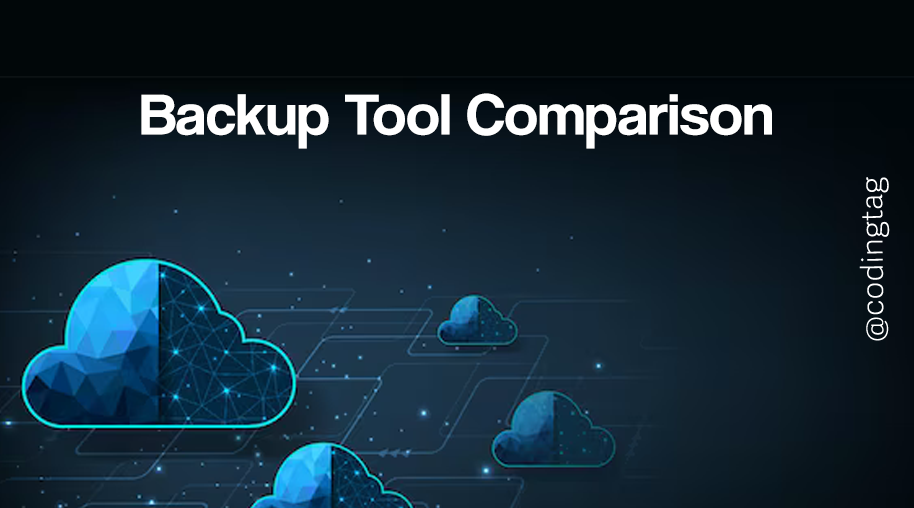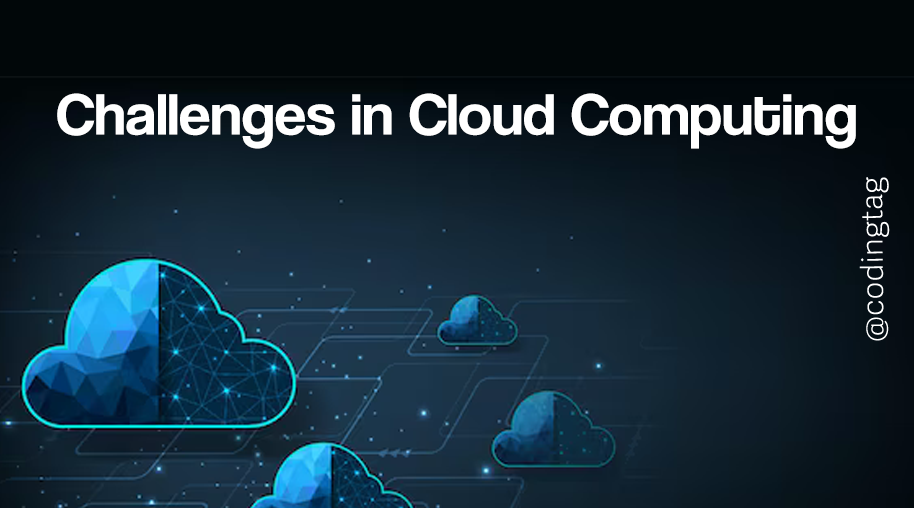Multi-Cloud IAM
0 555
Multi-Cloud IAM
As businesses adopt multiple cloud providers—AWS, Azure, GCP—managing user access and permissions consistently across these platforms becomes a critical security and operational concern.
This is where Multi-Cloud IAM (Identity and Access Management) comes into play. It enables centralized control over identities, policies, and authentication mechanisms across different cloud services.
Why Multi-Cloud IAM is Crucial
Using separate IAM configurations for each cloud provider increases risk and complexity. Without a unified strategy, organizations face inconsistent access controls, policy misconfigurations, and compliance gaps. Multi-cloud IAM helps:
- Maintain consistent access governance
- Enforce least privilege policies
- Streamline user lifecycle management
- Improve auditability and compliance
Key Components of Multi-Cloud IAM
- Federated Identity: Centralized login using SSO providers like Okta, Azure AD, or Google Workspace.
- Role Mapping: Mapping federated identities to cloud-native roles (e.g., AWS IAM Role, GCP IAM Role).
- Policy Standardization: Defining equivalent permissions and policies across platforms.
- Audit and Monitoring: Logging user actions across cloud accounts for compliance.
Example: Federated Access to AWS via Okta
# Sample IAM role trust policy for Okta
{
"Version": "2012-10-17",
"Statement": [
{
"Effect": "Allow",
"Principal": {
"Federated": "arn:aws:iam::123456789012:saml-provider/Okta"
},
"Action": "sts:AssumeRoleWithSAML",
"Condition": {
"StringEquals": {
"SAML:aud": "https://signin.aws.amazon.com/saml"
}
}
}
]
}
Example: Azure AD Integration with Google Cloud
Google Cloud allows federated authentication with Azure AD:
gcloud iam workforce-pools create "azure-pool" \ --location="global" \ --display-name="Azure Workforce Pool" gcloud iam workforce-pools providers create-oidc "azure-provider" \ --workforce-pool="azure-pool" \ --issuer-uri="https://login.microsoftonline.com/<tenant-id>/v2.0"
Best Practices for Multi-Cloud IAM
- Use centralized identity providers: Implement SSO across all cloud platforms.
- Standardize roles and permissions: Align IAM policies across AWS, GCP, and Azure to avoid privilege inconsistencies.
- Automate user provisioning: Use tools like SCIM or Terraform to automate IAM role assignments and revocation.
- Enforce MFA: Require multi-factor authentication for all users and services.
IAM Tools Supporting Multi-Cloud
- Okta: Supports SAML/OIDC SSO across cloud providers.
- Azure AD: Integrates with AWS and GCP for unified identity control.
- Ping Identity: Another enterprise-grade identity provider supporting hybrid and multi-cloud environments.
- HashiCorp Boundary: Offers secure identity-based access to cloud services without managing SSH keys or VPNs.
Common Challenges in Multi-Cloud IAM
- Misconfigured policies across providers
- Shadow IT due to unmanaged identities
- Difficulties in mapping federated users to cloud roles
- Limited visibility across cloud IAM logs
Conclusion
Managing identity and access in a multi-cloud world requires a consistent and centralized approach. Multi-Cloud IAM ensures secure, auditable, and policy-driven access across environments.
With the right tools and design patterns, organizations can significantly reduce security risks and improve operational efficiency.
If you’re passionate about building a successful blogging website, check out this helpful guide at Coding Tag – How to Start a Successful Blog. It offers practical steps and expert tips to kickstart your blogging journey!
For dedicated UPSC exam preparation, we highly recommend visiting www.iasmania.com. It offers well-structured resources, current affairs, and subject-wise notes tailored specifically for aspirants. Start your journey today!

Share:







Comments
Waiting for your comments